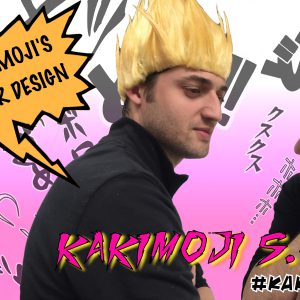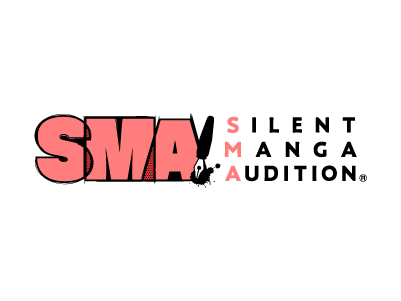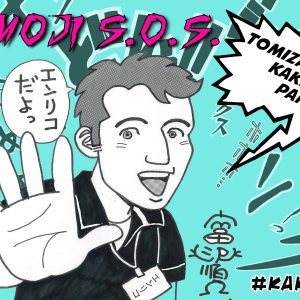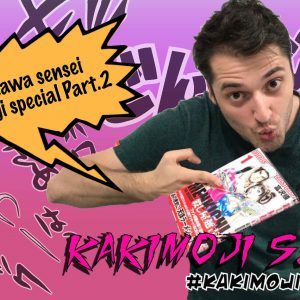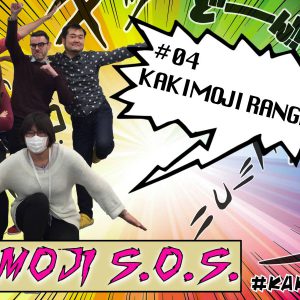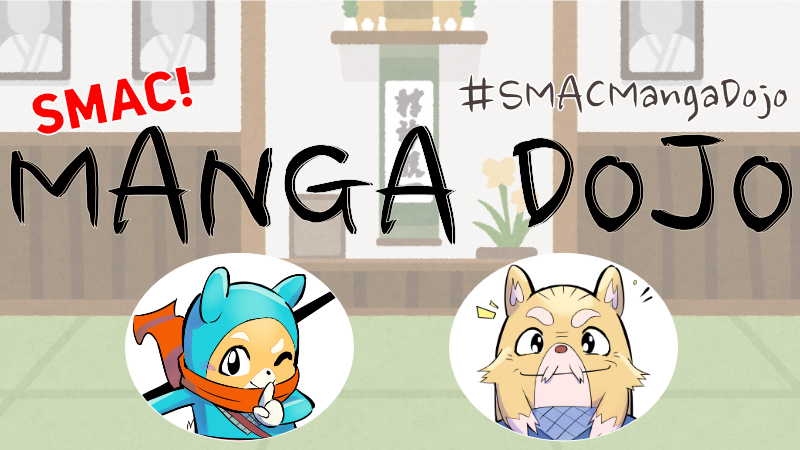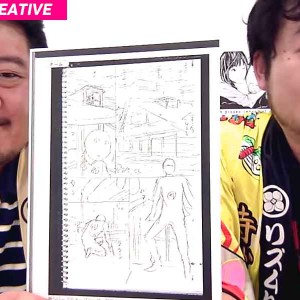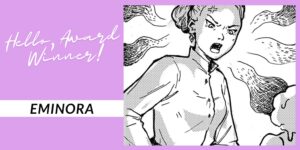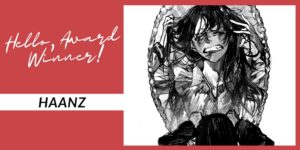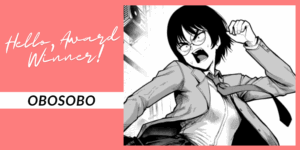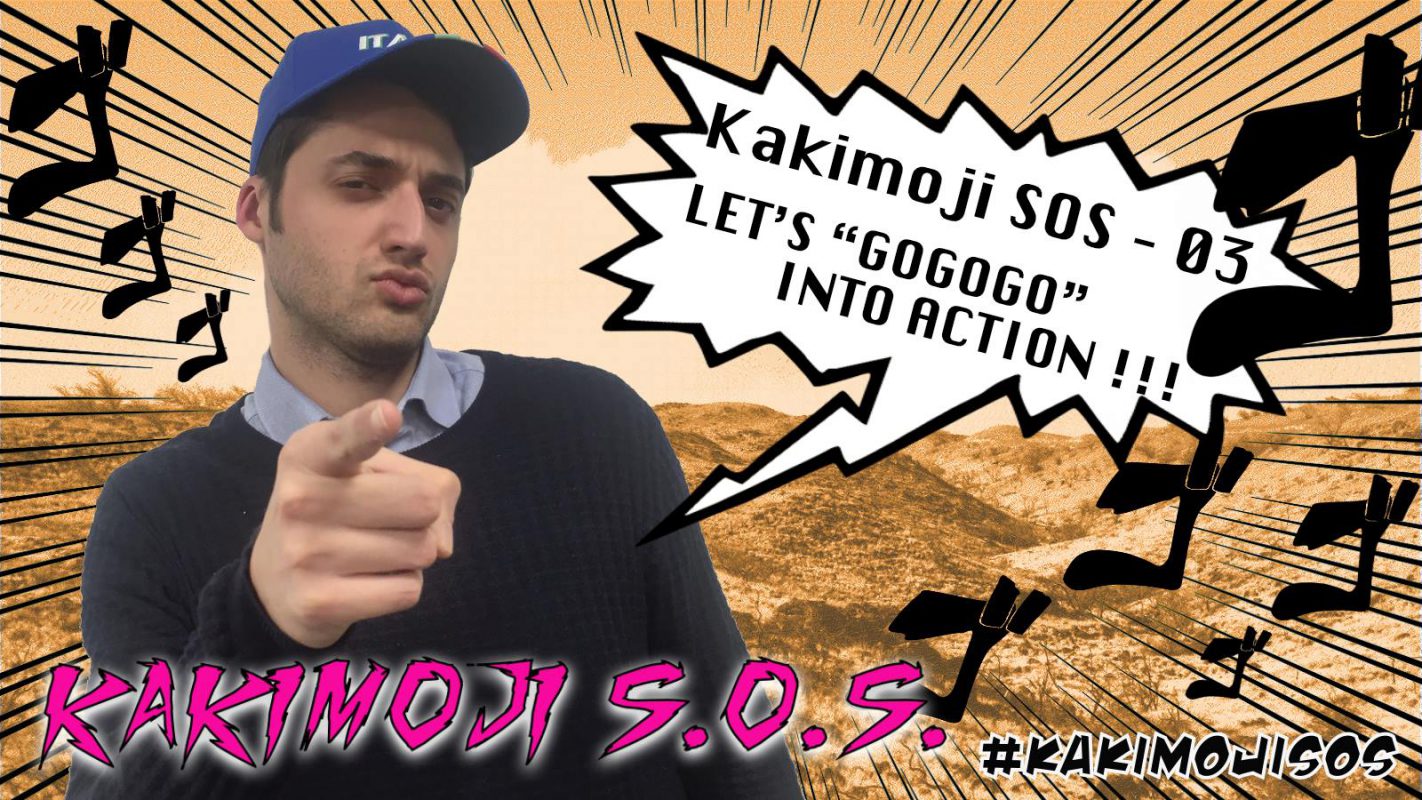
The night is in the grip of a violent thunderstorm. Clutching your teddy bear in terror, you almost jump out of your skin as a bolt of lightening rips open the ground, just feet from your house. With your big fight with the World’s Greatest Fighter just hours away, sleep would be elusive on the quietest of nights. But this night is charged with an electric atmosphere, making sleep impossible, enveloping the room with… “GOGOGOGOGO!”
 The day of the Big Fight finally dawns. You and your fellow opponent approach the fighting ground as the frenzied crowd scream out your names. The deafening roar swirls around the stadium like a bird-of-prey in flight, searching you out, stalking your every step, as you draw ever closer to your destiny… “GO GO GO GO!”
The day of the Big Fight finally dawns. You and your fellow opponent approach the fighting ground as the frenzied crowd scream out your names. The deafening roar swirls around the stadium like a bird-of-prey in flight, searching you out, stalking your every step, as you draw ever closer to your destiny… “GO GO GO GO!”

 Hello, my NOISY friends!
This week’s article will bring you directly to the action (actually, I hope I already did that, with my nail biting intro!), allowing us to analyze a very special Kakimoji. One that was specifically requested by our beloved SMAC! mascot, Penmaru…
Hello, my NOISY friends!
This week’s article will bring you directly to the action (actually, I hope I already did that, with my nail biting intro!), allowing us to analyze a very special Kakimoji. One that was specifically requested by our beloved SMAC! mascot, Penmaru…
 But what does this word mean?
Let’s keep in mind the importance of the letter G at the beginning of certain words, while we focus on how this sound has been categorized, making this, perhaps one of the most famous onomatopoeia (Kakimoji) in manga. When we editors at SMAC! have any doubts, we always ask to our Editor-in-Chief, Mocchi san…and this is what he has top say about this particular Kakimoji:
But what does this word mean?
Let’s keep in mind the importance of the letter G at the beginning of certain words, while we focus on how this sound has been categorized, making this, perhaps one of the most famous onomatopoeia (Kakimoji) in manga. When we editors at SMAC! have any doubts, we always ask to our Editor-in-Chief, Mocchi san…and this is what he has top say about this particular Kakimoji:
 There’s no definite origin of the “GOGOGO” Kakimoji. It could have its roots in the Kakimoji “GOROGORO”, the sound of clouds before releasing thunder, or maybe the sound of a traditional Chinese gong when rung, “GON GON”. In both cases, they produce an atmosphere of expectation, building up excitement and promising an incredibly entertaining scene!
There’s no definite origin of the “GOGOGO” Kakimoji. It could have its roots in the Kakimoji “GOROGORO”, the sound of clouds before releasing thunder, or maybe the sound of a traditional Chinese gong when rung, “GON GON”. In both cases, they produce an atmosphere of expectation, building up excitement and promising an incredibly entertaining scene!
 Thank you, Mocchi san!
I can finally see the roots of “GOGOGO”!
Now let’s take a look at the following scene, with a great gong being beaten just before battle…
Thank you, Mocchi san!
I can finally see the roots of “GOGOGO”!
Now let’s take a look at the following scene, with a great gong being beaten just before battle…

FOLLOW ME: Twitter – @kenrico7 Facebook – Enrico Croce Smac Banner picture background photo by Courtney Collison
 The day of the Big Fight finally dawns. You and your fellow opponent approach the fighting ground as the frenzied crowd scream out your names. The deafening roar swirls around the stadium like a bird-of-prey in flight, searching you out, stalking your every step, as you draw ever closer to your destiny… “GO GO GO GO!”
The day of the Big Fight finally dawns. You and your fellow opponent approach the fighting ground as the frenzied crowd scream out your names. The deafening roar swirls around the stadium like a bird-of-prey in flight, searching you out, stalking your every step, as you draw ever closer to your destiny… “GO GO GO GO!”

GO! THE MATCH BEGINS!
…But, there’s something wrong…your opponent is a GIANT, his presence twisting the very air around you! The terror of the previous night begins to swallow you up. This giant’s towering presence alone reduces you to a quivering mess, making you stagger back in… “GOGOGOGO!!! Hello, my NOISY friends!
This week’s article will bring you directly to the action (actually, I hope I already did that, with my nail biting intro!), allowing us to analyze a very special Kakimoji. One that was specifically requested by our beloved SMAC! mascot, Penmaru…
Hello, my NOISY friends!
This week’s article will bring you directly to the action (actually, I hope I already did that, with my nail biting intro!), allowing us to analyze a very special Kakimoji. One that was specifically requested by our beloved SMAC! mascot, Penmaru…
“Enrico, when are you going to talk about the sound of action…GOGOGOGOGO?!”In Japanese, it’s possible to know EVERYTHING about a particular character from their name alone. For example, names beginning with the letter ‘G’ will involve a guttural sound emanating from the throat when pronounced, making a very strong, tough and solid sound. Take the iconic characters, Goku, Gundam and Godzilla. They not only share names beginning with the letter ‘G’, they also happen to be the strongest in their own, respective world. Whether it’s a man, gigantic power suit or Kaiju! Do you think this is pure coincidence? How do you think this power is expressed by Kakimoji? With the sound of action or course: “GOGOGO!!!” (Editor’s note: if you can read Japanese, I strongly suggest the book Kaiju no na ha naze Ga-Gi-Gu-Ge-Go na no ka ISBN: 978-4106100789 – Litt. Why Kaiju’s names start with Ga Gi Gu Ge Go?) So, how did you FEEL when you soaked up that pre-fighting scene? How do you FEEL by look at their stance and posture with their auras surrounding all the scene? Do you the air that brings war and destruction also bring on the Kakimoji “GOGOGO”?! Now try to “read” the Kakimoji flowing through the panel, giving the scene an incredible sense of action: prepare your throat for a second and chant “GO GO GO GO”. Can you sense it?! Can you feel an atmosphere of expectant dread?! This is the power of manga! You’ve just proved that words on a printed page, here, Kichijoji, Japan can be understood and felt around the world, as it was originally intended! …sorry, but I have to say it again…AREN’T KAKIMOJI AMAZING?!?!
 But what does this word mean?
Let’s keep in mind the importance of the letter G at the beginning of certain words, while we focus on how this sound has been categorized, making this, perhaps one of the most famous onomatopoeia (Kakimoji) in manga. When we editors at SMAC! have any doubts, we always ask to our Editor-in-Chief, Mocchi san…and this is what he has top say about this particular Kakimoji:
But what does this word mean?
Let’s keep in mind the importance of the letter G at the beginning of certain words, while we focus on how this sound has been categorized, making this, perhaps one of the most famous onomatopoeia (Kakimoji) in manga. When we editors at SMAC! have any doubts, we always ask to our Editor-in-Chief, Mocchi san…and this is what he has top say about this particular Kakimoji:
 There’s no definite origin of the “GOGOGO” Kakimoji. It could have its roots in the Kakimoji “GOROGORO”, the sound of clouds before releasing thunder, or maybe the sound of a traditional Chinese gong when rung, “GON GON”. In both cases, they produce an atmosphere of expectation, building up excitement and promising an incredibly entertaining scene!
There’s no definite origin of the “GOGOGO” Kakimoji. It could have its roots in the Kakimoji “GOROGORO”, the sound of clouds before releasing thunder, or maybe the sound of a traditional Chinese gong when rung, “GON GON”. In both cases, they produce an atmosphere of expectation, building up excitement and promising an incredibly entertaining scene!
↓↓ Clouds “GOROGOROGORO” Kakimoji’s example! ↓↓
 Thank you, Mocchi san!
I can finally see the roots of “GOGOGO”!
Now let’s take a look at the following scene, with a great gong being beaten just before battle…
Thank you, Mocchi san!
I can finally see the roots of “GOGOGO”!
Now let’s take a look at the following scene, with a great gong being beaten just before battle…

“GOOOON!”
This panel TALKS for itself, effectively showing the resounding power of the Kakimoji used. Take a look! The first and last “letters” are written bigger than the rest, letting the reader focus mostly on those two letters. The “OOOO” part is then perceived as an echo! In this panel, time stops as the Kakimoji expands in “time” to generate a sound effect! The direct ACTION of the original Kakimoji, “GON” and the echoed REACTION to signify the passing of time. ACTION AND REACTION IN THE SAME KAKIMOJI! OH HOW MUCH I LOVE THEM!Ahahah, Penmaru, you are a wise scholar! Yes, there are different Kakimoji classifications, depending on what they express. Do you want to know more about these, too? Well, see you next week then! CIAO!Penmaru says: I LOVE KAKIMOJI TOO! Thank you Enrico, for explaining all the wonders of the Kakimoji “GOGOGO”! But now that you’ve talked about the sound of nature, like storms and clouds in building up tension, I see there are subtle differences in the Kakimoji itself… Are you telling me that there are varying degrees in each Kakimoji?! 💕
FOLLOW ME: Twitter – @kenrico7 Facebook – Enrico Croce Smac Banner picture background photo by Courtney Collison
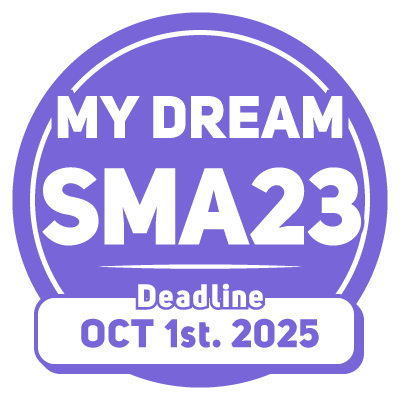




 Penmaru says: I LOVE KAKIMOJI TOO!
Thank you Enrico, for explaining all the wonders of the Kakimoji “GOGOGO”! But now that you’ve talked about the sound of nature, like storms and clouds in building up tension, I see there are subtle differences in the Kakimoji itself… Are you telling me that there are varying degrees in each Kakimoji?! 💕
Penmaru says: I LOVE KAKIMOJI TOO!
Thank you Enrico, for explaining all the wonders of the Kakimoji “GOGOGO”! But now that you’ve talked about the sound of nature, like storms and clouds in building up tension, I see there are subtle differences in the Kakimoji itself… Are you telling me that there are varying degrees in each Kakimoji?! 💕